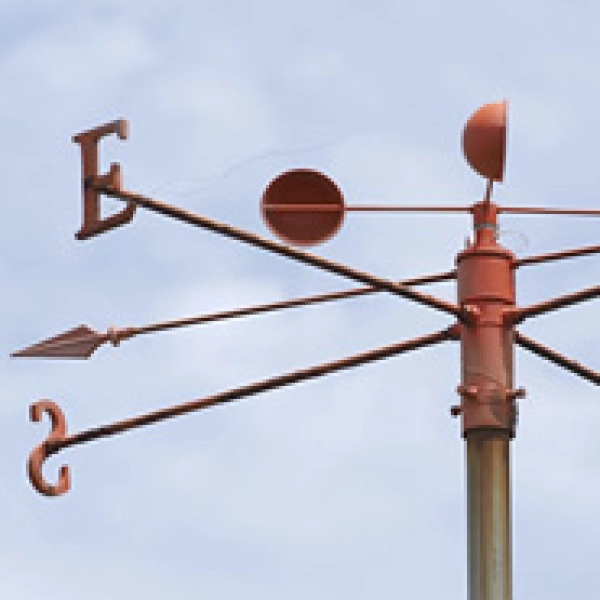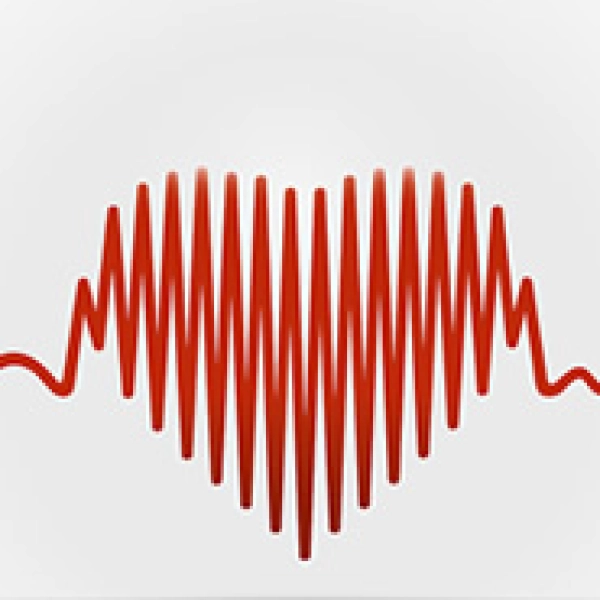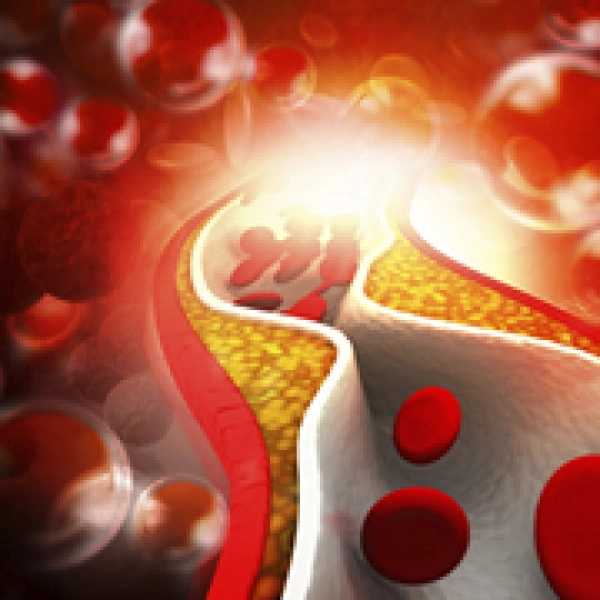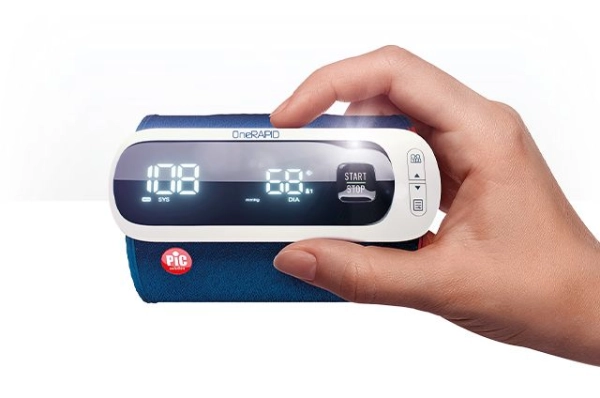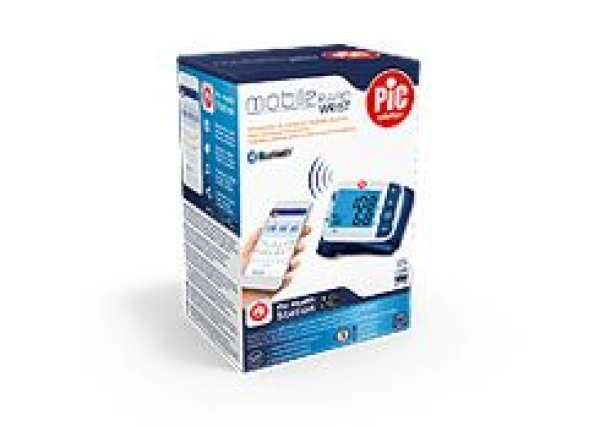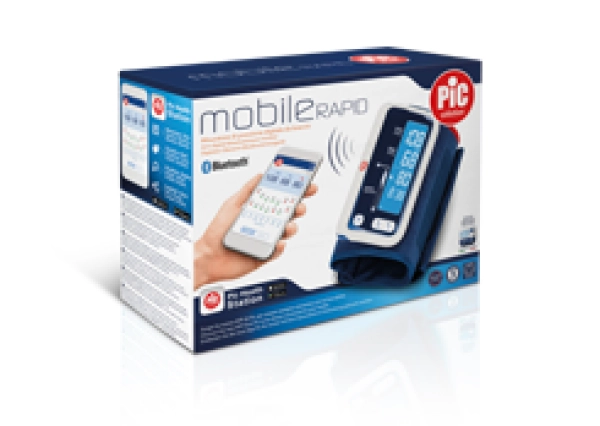

When your blood pressure monitor reads a minimum (or diastolic) value equal to 90 millimetres of mercury (mmHg) or less, and a maximum (or systolic) equal to 120 mmHg or less, good news: your blood pressure is in the normal range. Always remember that a person with a systolic pressure of 120 mmHg (considered normal) is still exposed to a slightly higher cardiovascular risk than someone with a systolic pressure of 110 mmHg.
If your blood pressure monitor detects a systolic value between 130 and 139 mmHg, and a diastolic value between 85 and 89 mmHg, your cardiovascular system could be a bit rusty and perhaps hypertension could be at the horizon. Monitor your blood pressure and share your readings with your doctor so he or she can check for "pre-hypertension", which occurs when your blood pressure has started to rise, but the numbers are still below the values associated with overt hypertension.
If the values recorded with your blood pressure monitor start at 90-99 mmHg diastolic and are between 140 and 159 mmHg systolic, you may be precariously balanced on the border between normal and high blood pressure.
When your diastolic number is 100-109 mmHg and your systolic number is 160-179 mmHg, you may have moderate, grade 2 hypertension: we recommend that you visit the doctor or a specialist as soon as possible. Readings like these are associated with subjects at risk for cardiovascular disorders.
When the monitor issues such a verdict, a medical examination becomes really urgent. If blood pressure values are equal to or greater than 110 mmHg diastolic and 180 mmHg systolic, do not hesitate to contact your doctor: you may suffer from severe hypertension.
As we mentioned, the risk of cardiovascular disorders grows with rising blood pressure. Many experts believe that the increase in cardiovascular risk justifies therapeutic intervention, possibly resorting to medication, when pressure values are equal to or greater than 140 mmHg systolic and 90 mmHg diastolic.
